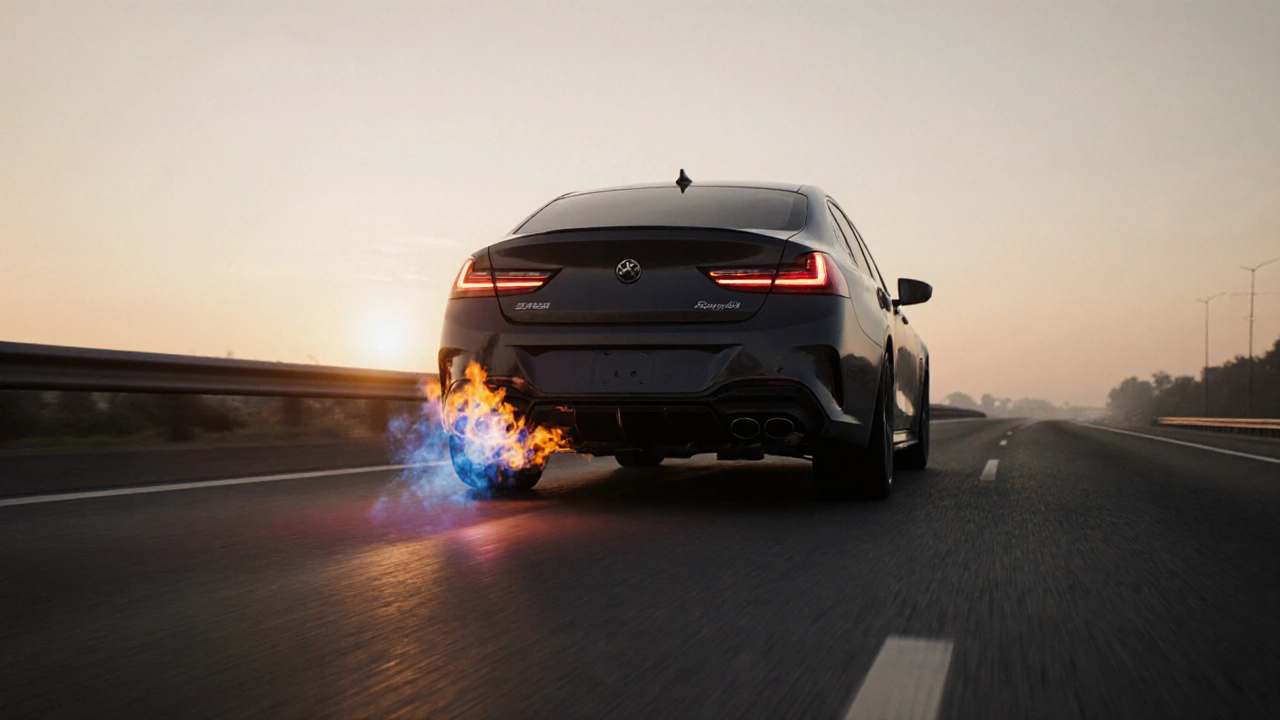When thinking about exhaust safety, ensuring that an exhaust system operates without fire, health, or legal risks, most people picture a loud pipe or a cheap muffler. But the reality is far broader – it covers the whole exhaust system, the series of pipes, mufflers, and catalytic converters that direct gases away from the engine and how it fits into legal compliance, the set of statutory rules that dictate noise, emission and installation standards for road vehicles. In plain terms, exhaust safety means the pipe you install won’t start a fire, won’t pour toxic fumes into the cabin, and won’t get you a ticket. It also means the system works with your car’s engine, brakes and suspension – a poorly fitted exhaust can affect handling or cause vibration that wears out other components. Think of it like a safety net: you check the fit, you follow the law, you verify the sound level, and you end up with a setup that feels right and stays legal.
The next piece of the puzzle is noise regulations, government‑mandated limits on how loud a vehicle’s exhaust can be, usually measured in decibels. These rules differ by state or country, and they directly shape what kinds of performance exhaust, aftermarket components designed to boost power, improve flow, or change sound you can legally install. Ignoring them can lead to fines, failed inspections, or even having your exhaust confiscated. At the same time, a well‑chosen performance exhaust can improve horsepower and give your car a satisfying note without crossing legal limits. The key is to match the exhaust’s flow characteristics to your engine’s output, while staying under the decibel ceiling set by local authorities. Emission standards add another layer – a catalyst that meets the required reduction levels is part of the safety equation, because high‑risk pollutants affect public health. Balancing power, sound and legality is a bit like tuning an instrument: you need the right strings, the right tension, and the right ear for the final tone.
Finally, exhaust system installation, the process of fitting, sealing and securing all exhaust components to the vehicle is where most safety issues arise. A common mistake is using the wrong clamps or torque settings, which can cause leaks, rattles, or even exhaust gases to re‑enter the cabin. Regular inspections, torque checks, and heat‑shield inspections keep the system intact. Many car enthusiasts turn to professional shops for a fit‑check, but a DIY‑savvy driver can use a torque wrench, a leak‑detecting spray, and a temperature gun to verify everything is tight and cool. Keeping a maintenance log of any modifications, dates of inspection, and any observed changes in sound or performance helps you stay ahead of problems. Below you’ll find articles that walk you through legal checks, noise‑level testing, cost breakdowns for custom exhausts, and how to choose a pipe that blends performance with safety. Dive into the collection to get actionable tips, real‑world examples, and the confidence to upgrade without risking a fine or a fire.

Learn what causes exhaust flames, the safety risks involved, and how to prevent them. Get practical tips, legal info, and a FAQ to keep your car safe and road‑legal.